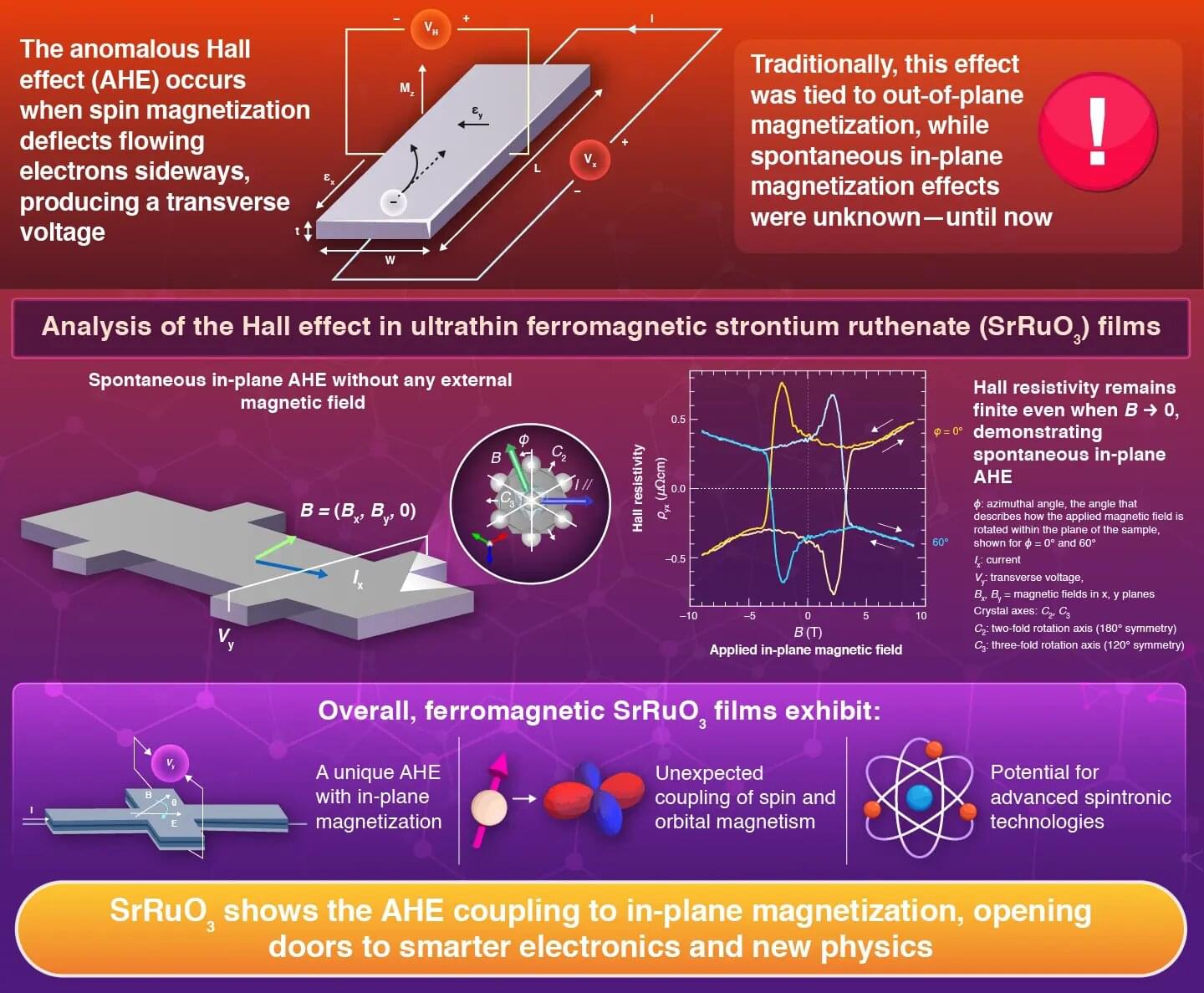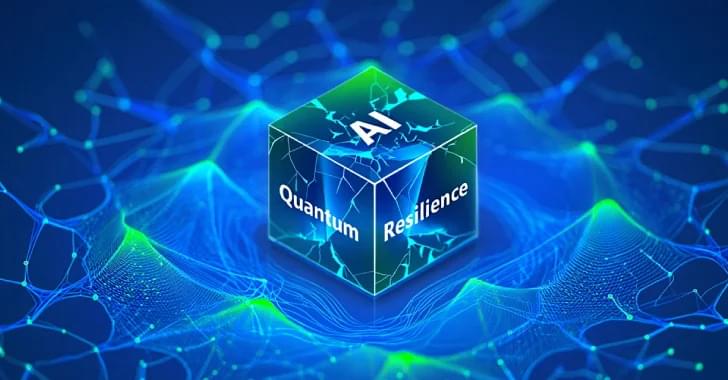Researchers from Japan have discovered a unique Hall effect resulting from deflection of electrons due to “in-plane magnetization” of ferromagnetic oxide films (SrRuO3). Arising from the spontaneous coupling of spin-orbit magnetization within SrRuO3 films, the effect overturns the century-old assumption that only out-of-plane magnetization can trigger the Hall effect.
The study, now published in Advanced Materials, offers a new way to manipulate electron transport with potential applications in advanced sensors, quantum materials, and spintronic technologies.
When an electric current flows through a material in the presence of a magnetic field, its electrons experience a subtle sideways force which deflects their path. This effect of electron deflection is called the Hall effect—a phenomenon that lies at the heart of modern sensors and electronic devices. When this effect results from internal magnetization of the conducting material, it is called “anomalous Hall effect (AHE).”









